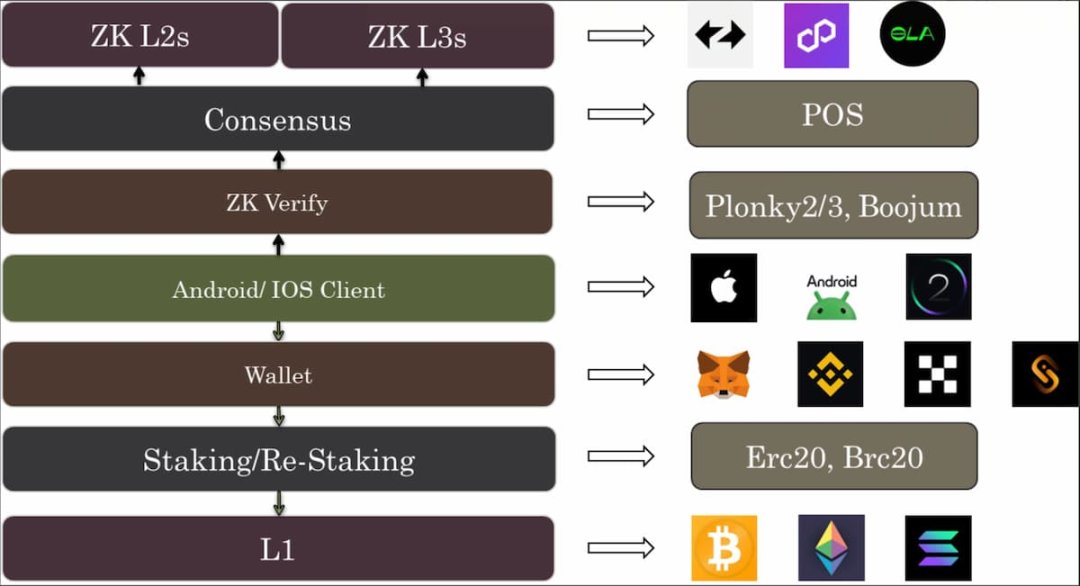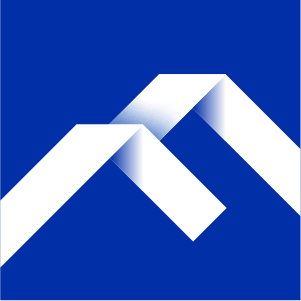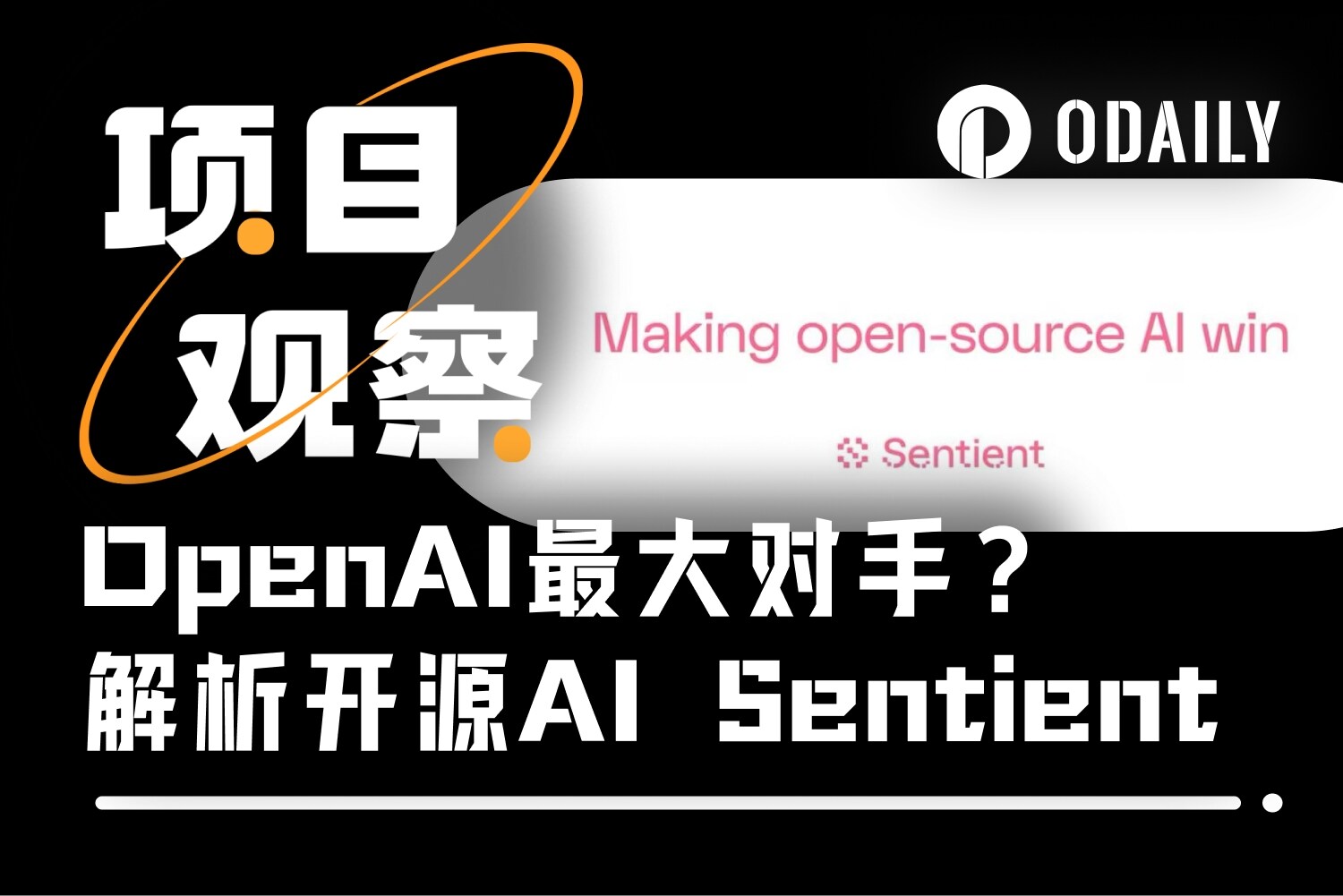Turning Idle Equipment into Treasures? These 9 Web3 Projects Are Worth Paying Attention to
Original author: Karen, Foresight News
As the iteration speed of mobile phones and computers increases day by day, it has become a common phenomenon for people to have several old mobile phones and old computers. Although these idle devices no longer meet the needs of high performance, their value has not disappeared. On the contrary, in the world of Web3, they can be revitalized and converted into effective assistants for participating in mining, running nodes, and sharing computing resources, thereby earning tokens or points rewards, without having to worry about the risk of information leakage or data abuse.
This article compiles 9 Web3 projects that can turn old mobile phones and old computers into treasures for readers to explore.
io.net
io.net is a DePIN project based on Solana, which aims to aggregate GPU resources for artificial intelligence and machine learning companies. In March 2024, io.net announced the completion of a $30 million Series A financing round, led by Hack VC, with participation from Foresight Ventures, SevenX, Multicoin Capital, 6th Man Ventures, M 13, Delphi Digital, Solana Labs, Aptos Labs, Longhash, ArkStream, Animoca Brands, Continue Capital, MH Ventures and OKX Ventures, as well as angel investors Solana founder Anatoly Yakovenk, Aptos founders Mo Shaikh and Avery Ching, Animoca Brands' Yat Siu, and Perlone Capital's Jin Kang.
io.net's vision is to make IO a computational currency, powering an ecosystem of products and services that make computation accessible as a resource and asset. The four core features include batch inference and model serving, parallel training, parallel hyperparameter tuning, and reinforcement learning.
io.net has launched the first phase of the points reward program "Ignition" on March 1, which will last until April 28. The program rewards points based on the user's provision of GPUs to the network. The reward algorithm takes into account a series of factors, including the number of hours of work completed, node bandwidth, GPU model, and uptime. However, io.net has high requirements for personal computer configuration and settings, and you can refer to the official documentation for details.
Ignition has three separate reward pools, which are completely independent of each other, namely Worker Rewards, Community Task Rewards, and Discord Role Rewards. Among them, for Worker Rewards, for a given node, the score is calculated using activities from November 4, 2023 to April 25, 2024, recording the number of points accumulated by a given node i during the full reward period and the sum of each user account a. At the end of the reward period, all points earned will be aggregated and converted into rewards, and the rewards will be distributed to each user account in proportion to each user's share of points.
In the community task rewards, io.net has set up multiple tasks in Galxe, and corresponding points can be obtained by completing fixed tasks and daily tasks. In the Discord role rewards, users will obtain roles based on their contributions to bounties, content creation, and other activities.
Official website: https://io.net/
ola
ola is a second-layer ZK programmable privacy and expansion project using ZKVM+DePin+AI. The emergence of Massive makes the modular design of blockchain divided into: ZKRollup (off-chain computing), DA (off-chain transaction storage), ZKVaaS (off-chain verification), L1 (state update), and the architecture layer is as follows:

Ola said that on the Massive platform, every user participates and contributes in the same way, thus ensuring the fairness of the entire system. Ola has launched the mobile mining application Massive and introduced the "verification is mining" mode. Android phone users can download it now, and the iOS version will be launched later. Ola has increased the 10% of tokens originally planned to be allocated to the Massive module to 13%, and will pre-allocate the tokens that will be allocated to the Massive module in the test network stage, increasing the modularization of the blockchain from 1% to at least 2%.
The way to participate is to first connect to the network, and after accumulating a certain amount of rewards, you can unlock subsequent mining rewards, and also become a Massive node by staking assets. Depending on the type of the underlying L1 chain, users can stake different assets. For example, for the Massive network serving BTC L2/L3, users can stake BRC-20 and BTC assets; for L2/L3 on Ethereum, users can stake ERC-20 and ETH assets.
In July 2023, Ola completed a US$3 million seed round of financing, led by Web3.com Ventures and Foresight Ventures, with participation from Token Metrics Ventures, J 17 Capital, Skyland Ventures, LD Capital, CatcherVC and others.
Official website: https://olavm.org/
Grass
Grass was launched in June 2023 and focuses on transforming public network data into AI datasets, making public network data more accessible to open source AI projects. Grass's solution is to build an L2 data Rollup, which will make it possible to introduce a mechanism to record metadata that records the origin of all datasets.
This L2 will be a sovereign Rollup consisting of nodes, routers, validators, ZK processors, and data ledgers that can batch metadata for verification. The Grass data ledger is where all data is ultimately stored. Proofs of each dataset’s metadata will be stored on Solana’s settlement layer, and the settlement data itself will also be available through the ledger.

Among other things, the ZK processor supports the creation of metadata proofs that record the origin of Grass datasets, creating a mechanism for builders and users to verify that AI models have actually been trained correctly.
Wynd Network, the team behind Grass, completed a $3.5 million seed round of financing in December 2023, led by Polychain Capital and Tribe Capital, with participation from Bitscale, Big Brain, Advisors Anonymous, Typhon V, Mozaik, etc. Wynd's total financing amount reached $4.5 million.
Regarding how to participate, Grass has launched an incentivized beta that enables users' devices (currently in plug-in form) to become Grass nodes. The Grass network uses the device's unused Internet bandwidth to crawl network data and provides rewards in return. In addition, Grass also supports earning points by inviting others. As of the time of writing, the price of Grass points in the Whale Market points market is $0.00287/point.
Official website: https://app.getgrass.io/
Over Protocol
Over Protocol is a Layer 1 blockchain lightweight node protocol that aims to reduce the cost of blockchain node maintenance by allowing anyone to run a node using a PC to become a validator by reducing storage requirements.
Over Protocol uses Ethanos technology to implement its data hierarchy, organizing data into three main layers: Over layer, Nether layer, and External layer. Among them, the Over layer stores the key data of blockchain operations, while the Nether layer stores auxiliary data that enhances consensus but is not critical.
In July 2023, Over Protocol developer Superblock announced that it had raised a total of US$8 million through two financing transactions. Most of the investors were Korean companies, including SK, Netmarble, DSC, E&Investment, Schmidt, SpringCamp and NaverZ.
Over Protocol is currently in the testnet stage. There are two ways to participate:
1. Home-Staking: Stake OVER in OverNode and operate a node (higher rewards).
2. Palm-Staking: Sign in daily on the OverWallet mobile app to get OVER test tokens and participate in staking activities (the rewards are relatively low, previously it was a points activity).
Regarding token economics, in January 2024, Over Protocol stated that the total number of tokens is 1 billion, of which the Community Access Program (OCAP) accounts for 15% of the total tokens, which will be used to issue airdrops to early participants and contributors, and will release airdrop formulas for OverWallet and OverNode before the mainnet is launched. In addition, staking rewards account for 40%, which will be gradually distributed over the next 10 years.
Official website: https://over.network/
Nodle
Nodle is a decentralized IoT network that connects using smartphones as nodes, supporting critical applications for verifying media content, locating assets, or proving location.
After downloading the app, users only need to activate Bluetooth and grant location permissions and keep the Nodle app running in the background to start earning NODL token rewards. The Nodle app uses Bluetooth low energy, which consumes an average of 10-15% of daily battery. Nodle said that the location of the device is only used to calculate rewards based on contribution to network coverage and locate Bluetooth devices upon request of the owner.
As of writing, the Nodle token price is $0.009154, with a circulating market capitalization of approximately $32.8 million and a fully diluted market capitalization of $78.8 million.
https://www.nodle.com/nodle-app
UpRock
UpRock said it is a human-centric AI DePIN network, with the knowledge abstraction layer (KAL) at its core, which is a combination of advanced web crawlers, intelligent routing and LLM data extraction technologies.
UpRock allows users to earn UpRock tokens UPT by sharing unused Internet bandwidth and contributing to the UpRock network. It currently supports Android and macOS, and will soon support iOS. Reward rate = (upload speed factor x download speed factor x connection type factor x freedom factor) x total mining time.
UpRock has not yet released a token, but has disclosed the token economics on its official website. The maximum supply of UPT is 1 billion, of which 15% is allocated to the team, 50% to the community, 4% to VC, DAO and angel investors, 5% to exchanges and market makers, 10% for token launch, and 1% to consultants.
https://uprock.com/#home_install
Kuzco
Kuzco is a distributed GPU cluster for LLM inference on Solana, designed to facilitate efficient and cost-effective inference of large language models (LLMs) such as Llama 2 and Mistral. Kuzco is currently available for macOS and Linux, and supports users to contribute idle computing power to the Kuzco network to get rewards (currently points).
By leveraging the power of idle computing resources contributed by network participants, Kuzco enables users to access and utilize these models through an OpenAI-compatible API. Mining equipment setup and tutorials can be found here .
Official website: https://kuzco.xyz/
Nimble
Nimble Network is a composable AI protocol that is building a decentralized AI framework that enables AI models and data to be combined and reused. The protocol can be extended to complex IP, creator, advertising, personalization and chatbot applications across any medium.
The six key technologies developed by Nimble Network include the AI version of PoS "Proof of Gradient", the AI verification protocol Sandhill, the horizontal scheduling network Rainstorm, the modular incentives for the AI market Orchestrator, the general network database Bandwagon, and the distributed AI ledger HashTrail. Among them, the key operating element of Proof of Gradient (PoG) is the AI request. Network validators reach consensus on AI processing and message scheduling through a consensus algorithm similar to PoS. Miners are rewarded with network tokens through PoW learned by gradient. Nimble Network said that this innovation allows developers to build decentralized data markets (such as Google), ride-hailing markets (such as Uber), e-commerce product markets (such as Amazon), etc.

Nimble Network team members are serial entrepreneurs and researchers from Apple, Meta, Uber, Palo Alto Networks and Robinhood. They were selected for the Binance Labs Season 7 MVB Accelerator Program last month and launched the mainnet. Currently, you can participate in Nimble Network mining. https://docs.nimble.technology/#system-specs is the equipment requirements and guide for participating in Nimble Network mining, which is suitable for Linux, Windows 11 and Mac.
According to the Nimble Network token economics , NIMBLE tokens will be issued in the second quarter of this year, with an initial supply of 50 million tokens and a total supply of 1 billion tokens, of which 10% will be allocated to the ecosystem, 40% as miner rewards, 10% to the community, 20% to projects or individuals who contribute to the core components of the Nimble Network stack, and 20% to private investors. However, the current token distribution plan is inconsistent with the FAQ document released by Nimble Network.
Official website: https://www.nimble.technology/
Acurast
Acurast is a decentralized serverless cloud and a Layer 1 blockchain that supports providing computation and earning rewards.
Specifically, Acurast provides a modular architecture that separates the consensus layer, execution layer, and application layer. The Acurast coordinator is embedded in the consensus layer and includes a purpose-built reputation engine to ensure reliability and incentivize honest behavior. The permissionless Acurast protocol supports developers to join without trust, enabling them to deploy applications, processors can provide computing power through Android mobile devices, and have the opportunity to be rewarded for their computing resources. If you are interested, you can click here to learn about the setup process of becoming an Acurast processor.
Acurast has publicly stated that early community contributors like the processor will be able to receive rewards.
Official website: https://acurast.com/



